Delta Airlines 2003 Annual Report Download - page 58
Download and view the complete annual report
Please find page 58 of the 2003 Delta Airlines annual report below. You can navigate through the pages in the report by either clicking on the pages listed below, or by using the keyword search tool below to find specific information within the annual report.-
 1
1 -
 2
2 -
 3
3 -
 4
4 -
 5
5 -
 6
6 -
 7
7 -
 8
8 -
 9
9 -
 10
10 -
 11
11 -
 12
12 -
 13
13 -
 14
14 -
 15
15 -
 16
16 -
 17
17 -
 18
18 -
 19
19 -
 20
20 -
 21
21 -
 22
22 -
 23
23 -
 24
24 -
 25
25 -
 26
26 -
 27
27 -
 28
28 -
 29
29 -
 30
30 -
 31
31 -
 32
32 -
 33
33 -
 34
34 -
 35
35 -
 36
36 -
 37
37 -
 38
38 -
 39
39 -
 40
40 -
 41
41 -
 42
42 -
 43
43 -
 44
44 -
 45
45 -
 46
46 -
 47
47 -
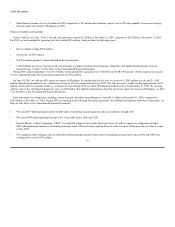 48
48 -
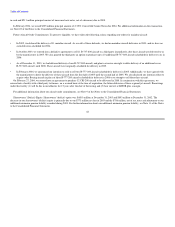 49
49 -
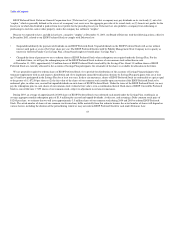 50
50 -
 51
51 -
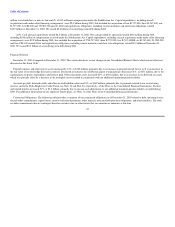 52
52 -
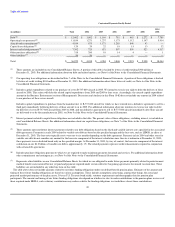 53
53 -
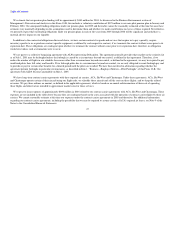 54
54 -
 55
55 -
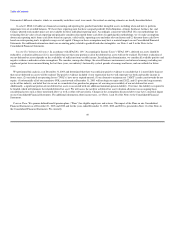 56
56 -
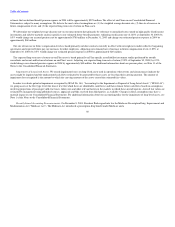 57
57 -
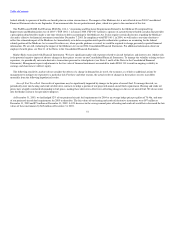 58
58 -
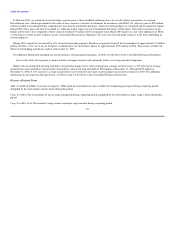 59
59 -
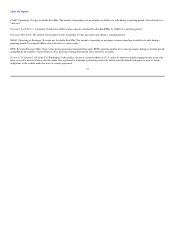 60
60 -
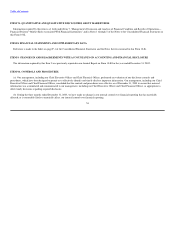 61
61 -
 62
62 -
 63
63 -
 64
64 -
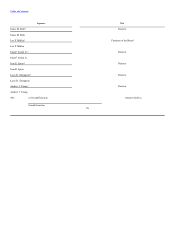 65
65 -
 66
66 -
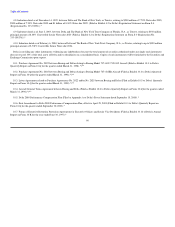 67
67 -
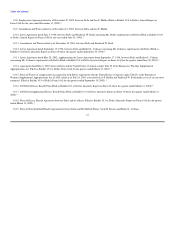 68
68 -
 69
69 -
 70
70 -
 71
71 -
 72
72 -
 73
73 -
 74
74 -
 75
75 -
 76
76 -
 77
77 -
 78
78 -
 79
79 -
 80
80 -
 81
81 -
 82
82 -
 83
83 -
 84
84 -
 85
85 -
 86
86 -
 87
87 -
 88
88 -
 89
89 -
 90
90 -
 91
91 -
 92
92 -
 93
93 -
 94
94 -
 95
95 -
 96
96 -
 97
97 -
 98
98 -
 99
99 -
 100
100 -
 101
101 -
 102
102 -
 103
103 -
 104
104 -
 105
105 -
 106
106 -
 107
107 -
 108
108 -
 109
109 -
 110
110 -
 111
111 -
 112
112 -
 113
113 -
 114
114 -
 115
115 -
 116
116 -
 117
117 -
 118
118 -
 119
119 -
 120
120 -
 121
121 -
 122
122 -
 123
123 -
 124
124 -
 125
125 -
 126
126 -
 127
127 -
 128
128 -
 129
129 -
 130
130 -
 131
131 -
 132
132 -
 133
133 -
 134
134 -
 135
135 -
 136
136 -
 137
137 -
 138
138 -
 139
139 -
 140
140 -
 141
141 -
 142
142 -
 143
143 -
 144
144 -
 145
145 -
 146
146 -
 147
147 -
 148
148 -
 149
149 -
 150
150 -
 151
151 -
 152
152 -
 153
153 -
 154
154 -
 155
155 -
 156
156 -
 157
157 -
 158
158 -
 159
159 -
 160
160 -
 161
161 -
 162
162 -
 163
163 -
 164
164 -
 165
165 -
 166
166 -
 167
167 -
 168
168 -
 169
169 -
 170
170 -
 171
171 -
 172
172 -
 173
173 -
 174
174 -
 175
175 -
 176
176 -
 177
177 -
 178
178 -
 179
179 -
 180
180 -
 181
181 -
 182
182 -
 183
183 -
 184
184 -
 185
185 -
 186
186 -
 187
187 -
 188
188 -
 189
189 -
 190
190 -
 191
191 -
 192
192 -
 193
193 -
 194
194 -
 195
195 -
 196
196 -
 197
197 -
 198
198 -
 199
199 -
 200
200 -
 201
201 -
 202
202 -
 203
203 -
 204
204 -
 205
205 -
 206
206 -
 207
207 -
 208
208 -
 209
209 -
 210
210 -
 211
211 -
 212
212 -
 213
213 -
 214
214 -
 215
215 -
 216
216 -
 217
217 -
 218
218 -
 219
219 -
 220
220 -
 221
221 -
 222
222 -
 223
223 -
 224
224 -
 225
225 -
 226
226 -
 227
227 -
 228
228 -
 229
229 -
 230
230 -
 231
231 -
 232
232 -
 233
233 -
 234
234 -
 235
235 -
 236
236 -
 237
237 -
 238
238 -
 239
239 -
 240
240 -
 241
241 -
 242
242 -
 243
243 -
 244
244 -
 245
245 -
 246
246 -
 247
247 -
 248
248 -
 249
249 -
 250
250 -
 251
251 -
 252
252 -
 253
253 -
 254
254 -
 255
255 -
 256
256 -
 257
257 -
 258
258 -
 259
259 -
 260
260 -
 261
261 -
 262
262 -
 263
263 -
 264
264 -
 265
265 -
 266
266 -
 267
267 -
 268
268 -
 269
269 -
 270
270 -
 271
271 -
 272
272 -
 273
273 -
 274
274 -
 275
275 -
 276
276 -
 277
277 -
 278
278 -
 279
279 -
 280
280 -
 281
281 -
 282
282 -
 283
283 -
 284
284 -
 285
285 -
 286
286 -
 287
287 -
 288
288 -
 289
289 -
 290
290 -
 291
291 -
 292
292 -
 293
293 -
 294
294 -
 295
295 -
 296
296 -
 297
297 -
 298
298 -
 299
299 -
 300
300 -
 301
301 -
 302
302 -
 303
303 -
 304
304
 |
 |

Table of Contents
federal subsidy to sponsors of health care benefit plans in certain circumstances. The impact of the Medicare Act is not reflected in our 2003 Consolidated
Financial Statements due to our September 30 measurement date for our postretirement plans, which was prior to the enactment of this law.
The FASB issued FASB Staff Position SFAS No. 106-1, "Accounting and Disclosure Requirements Related to the Medicare Prescription Drug,
Improvement and Modernization Act of 2003" ("FSP 106-1") in January 2004. FSP 106-1 permits a sponsor of a postretirement health care plan that provides
a prescription drug benefit to make a one-time election to defer accounting for the Medicare Act. It also requires certain disclosures regarding the Medicare
Act and is effective for financial statements issued after December 7, 2003. In compliance with FSP 106-1, in 2004, we will make a one-time election to
reflect the estimated impact of the Medicare Act immediately or to defer recognition until specific authoritative guidance on accounting for the federal
subsidy portion of the Medicare Act is issued. In either case, when specific guidance is issued, we could be required to change previously reported financial
information. We are still evaluating the impact of the Medicare Act on our 2004 Consolidated Financial Statements. For additional information about our
employee benefit plans, see Note 11 of the Notes to the Consolidated Financial Statements.
Market Risks Associated with Financial Instruments. We have significant market risk exposure related to aircraft fuel prices and interest rates. Market risk
is the potential negative impact of adverse changes in these prices or rates on our Consolidated Financial Statements. To manage the volatility relating to these
exposures, we periodically enter into derivative transactions pursuant to stated policies (see Notes 3 and 4 of the Notes to the Consolidated Financial
Statements). Management expects adjustments to the fair value of financial instruments accounted for under SFAS 133 to result in ongoing volatility in
earnings and shareowners' (deficit) equity.
The following sensitivity analyses do not consider the effects of a change in demand for air travel, the economy as a whole or additional actions by
management to mitigate our exposure to a particular risk. For these and other reasons, the actual results of changes in these prices or rates may differ
materially from the following hypothetical results.
Aircraft Fuel Price Risk. Our results of operations may be significantly impacted by changes in the price of aircraft fuel. To manage this risk, we
periodically enter into heating and crude oil derivative contracts to hedge a portion of our projected annual aircraft fuel requirements. Heating and crude oil
prices have a highly correlated relationship to fuel prices, making these derivatives effective in offsetting changes in the cost of aircraft fuel. We do not enter
into fuel hedge contracts for speculative purposes.
At December 31, 2003, we had hedged 32% of our projected aircraft fuel requirements for 2004 at an average hedge price per gallon of 76.46¢, and none
of our projected aircraft fuel requirements for 2005 or thereafter. The fair values of our heating and crude oil derivative instruments were $97 million at
December 31, 2003 and $73 million at December 31, 2002. A 10% decrease in the average annual price of heating and crude oil would have decreased the fair
values of these instruments by $65 million at December 31, 2003.
51
